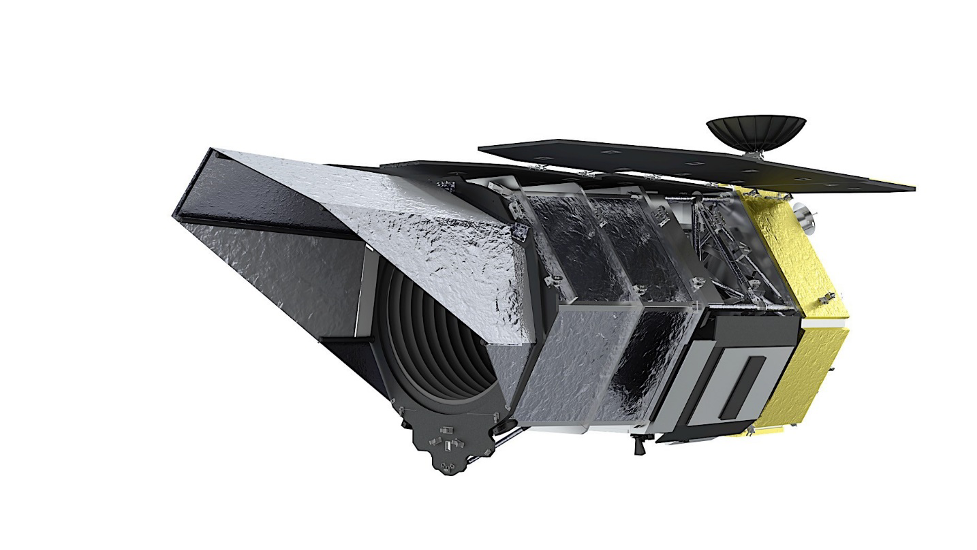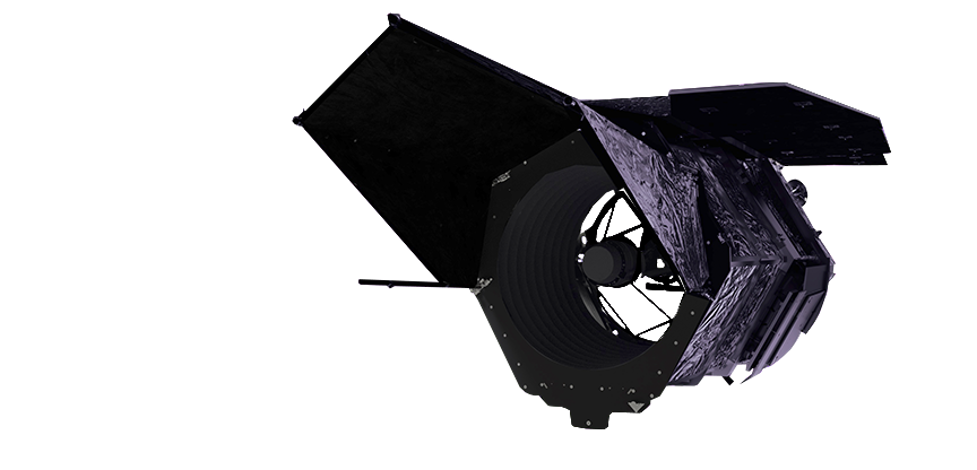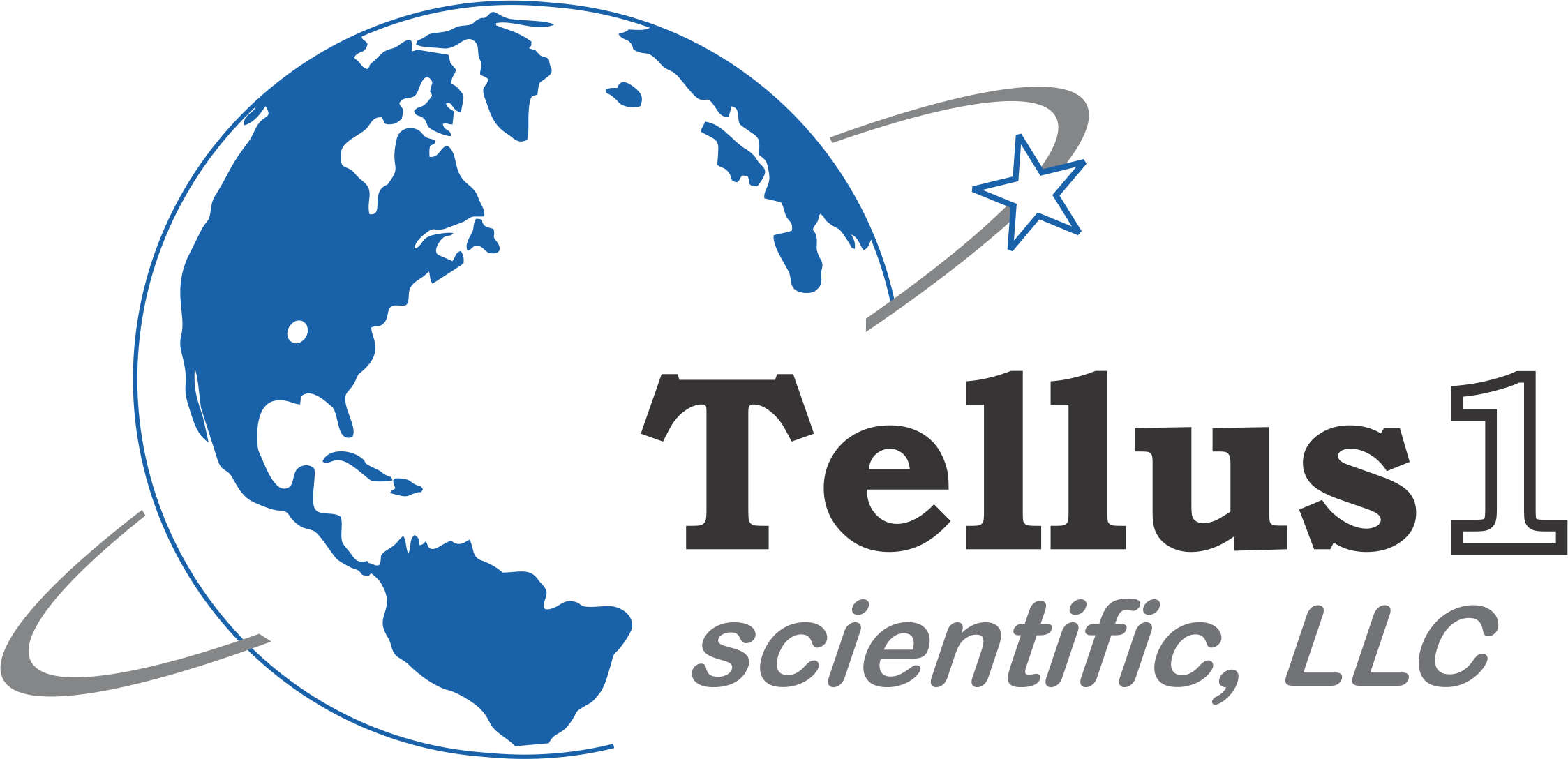JPL: Coronagraph Instrument for the Nancy Grace Roman Telescope
The Roman Space Telescope is planned for launch in the second half of this decade. This Hubble-sized telescope will carry two instruments. The first instrument is the Wide-Field Imager, which will set limits on possible causes of the phenomenon of dark energy. The WFI will also use a technique called gravitational microlensing to conduct a statistical survey of exoplanets over an important and complementary part of the exoplanet phase space (notably semi-major axis) compared with Kepler’s transit based survey.
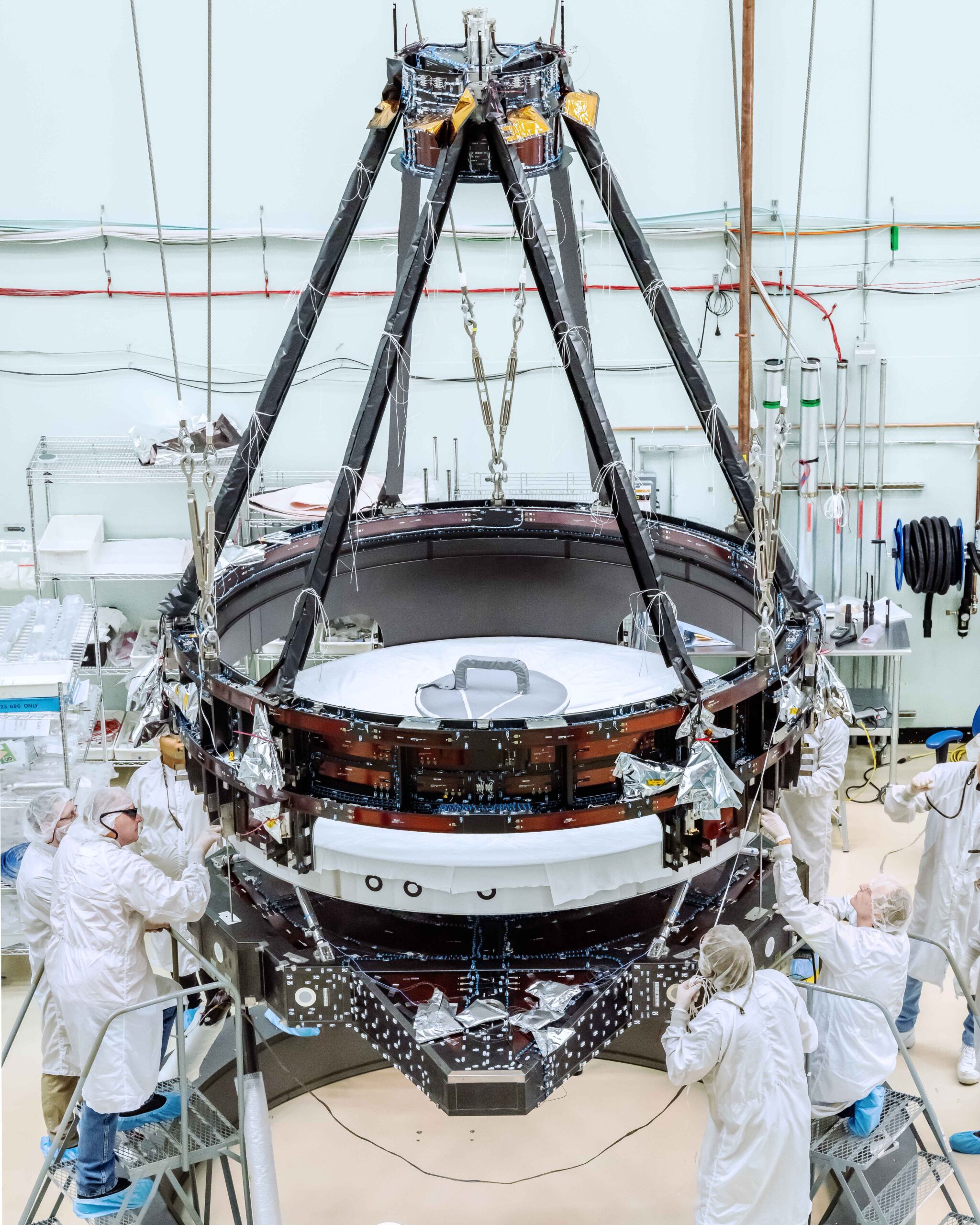
The second instrument is the Coronagraph Instrument (CGI). Historically, the coronagraph was first invented by the French Astronomer Bernard Lyot in 1939, to image the sky in the vicinity of the sun during the day. In a total eclipse, the moon blocks the sun, and the celestial bodies can momentarily be seen. Also the corona of the sun can be seen. The coronagraph made it possible to create an artificial eclipse. A Lyot coronagraph can suppress the sunlight by about a factor of 1000.
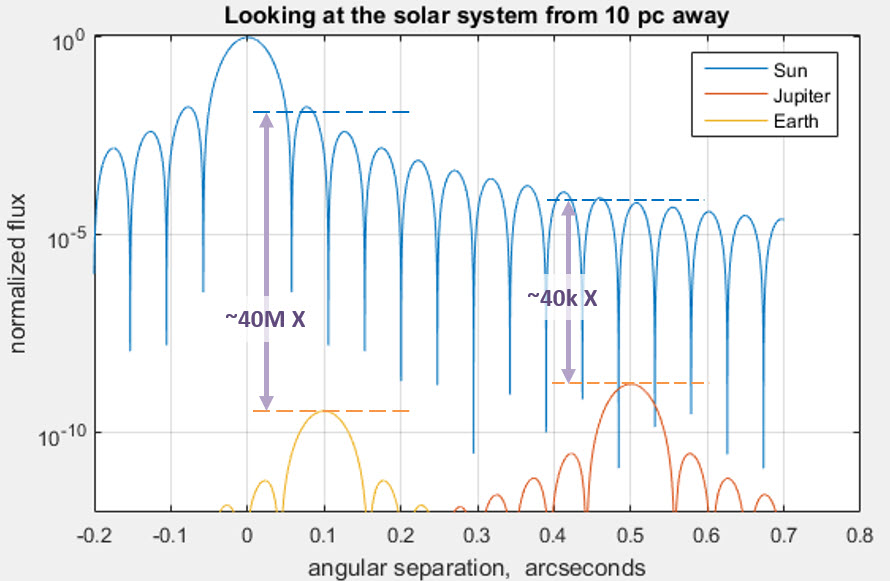
To see exoplanets, planets around other stars, a much more demanding coronagraph is needed. Depending on its size and location, the amount of starlight needing to be suppressed ranges from factors of a few thousand to a few billion. The Roman Coronagraph (CGI) expands greatly on Lyot’s concept, using very advanced “adaptive optics” and very complex masks to achieve suppression of the light from a star at levels enough to see any planets orbiting it. CGI is designed to demonstrate that the starlight diffracted into the path of an exoplanet can be sufficiently suppressed to see the other planets, perhaps as close in and dim as Jupiter. That is still significantly easier than the starlight suppression needed to observe an exo-Earth, because the Earth is smaller and closer to the sun than Jupiter.
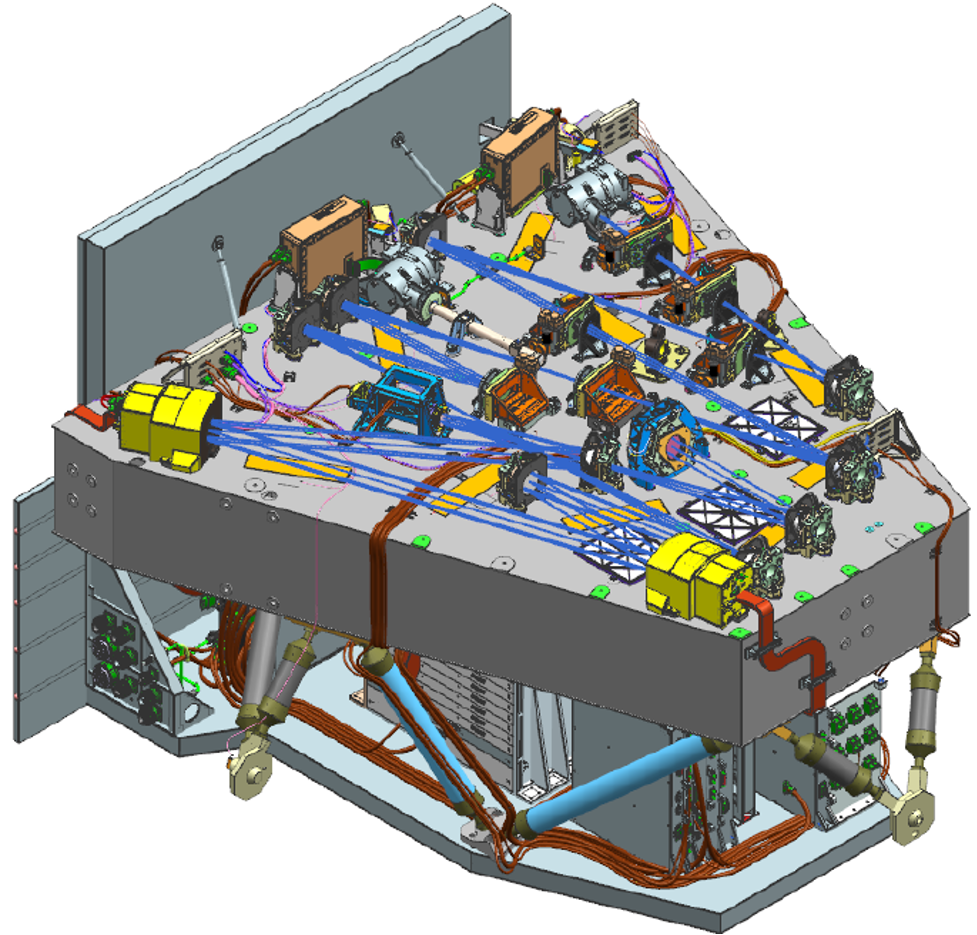
Tellus1 is heavily involved in the final preparation and testing of CGI, before it is delivered to NASA Goddard Space Flight Center for integration into the Roman telescope. Specifically, Tellus1’s president, Bijan Nemati, started on this project while still at the Jet Propulsion Laboratory (JPL) as CGI’s detector lead. Bijan led the trade study that resulted in the selection of the Teledyne e2v electron multiplication CCD (EMCCD) for CGI’s cameras. Later he led the first the CGI integrated modeling team, where the methodology for conducting Structural, Thermal, and Optical Performance (S.T.O.P.) modeling for space coronagraphy was perfected. Finally, he created the error budget for this instrument, to this date the state of the art for error budgeting exoplanet detection. The paper, to be published in SPIE’s journal JATIS, is also available at arXiv as a preprint.
Most recently Tellus1’s Guillermo Gonzalez and Bijan Nemati have been leading the testing of CGI’s exoplanetary camera (EXCAM) for CGI. These tests include checkout of the behavior of the flight software, as well as performance evaluation of the detector noise.
